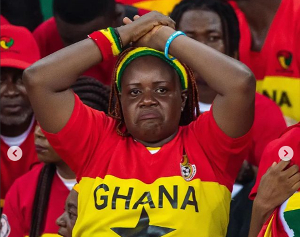A surprise uptick that saw inflation reach 21.5 percent in September has seen the Bank of Ghana (BoG) revise its year-end inflation target to 18 percent, citing upside risks including some geopolitical developments.
Governor Ernest Addison announced the adjustment during a joint press briefing with the International Monetary Fund (IMF) and Ministry of Finance (MoF) following a successful completion of the Fund’s third review as part of the country’s Extended Credit Facility (ECF) programme.
The central bank’s revision comes after earlier optimism expressed after the September 2023 Monetary Policy Committee (MPC) meeting, where six months of consistent disinflation promoted a two percent rate cut.
However, this represents a significant improvement over the 23.2 percent recorded at end-2023 and 54.1 percent a year earlier.
Analysts note that inflation reached 21.5 percent in September 2024 – up from 20.4 percent in August – prompting suggestions that the apex bank might have been hasty in its decision.
The revised position is still more optimistic than some private sector analysts had projected. For instance, leading financial services firm DataBank in its half-year outlook suggested that inflation could reach as high as 23.5 percent by year-end – citing fuel price volatility and currency depreciation as key factors.
The firm’s most optimistic scenario placed year-end inflation at 19.5 percent, still above the central bank’s revised target.
However, BoG maintains that its policy stance remains consistent despite the upward revision.
Expected inflows from development partners – including US$360million from the IMF and an improved trade surplus – are anticipated to help stabilise the currency and temper inflationary pressures during the holiday season.
These factors are crucial as the country approaches the typically high-demand yuletide period, which often puts pressure on the local currency.
In spite of uptick risks together with some geopolitical developments, the BoG maintains that it remains on course to achieve its medium-term target of 6-10 percent by end-2025 – barring unanticipated shocks.
Business News of Saturday, 12 October 2024
Source: thebftonline.com

















